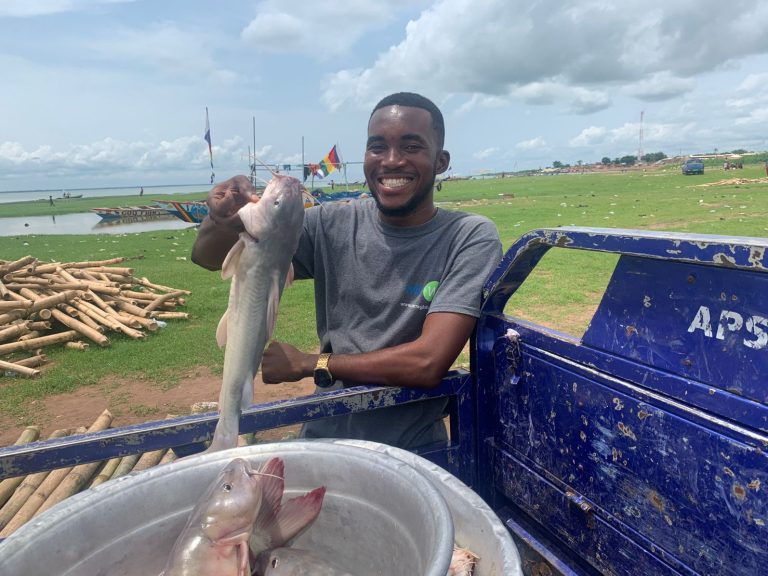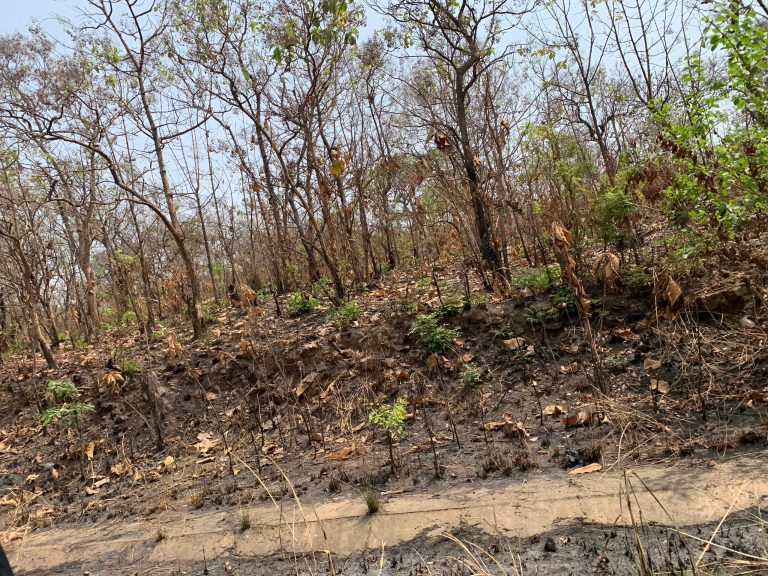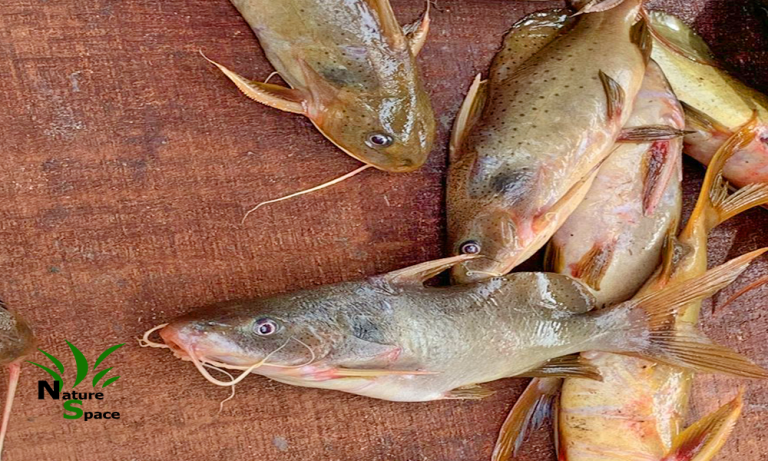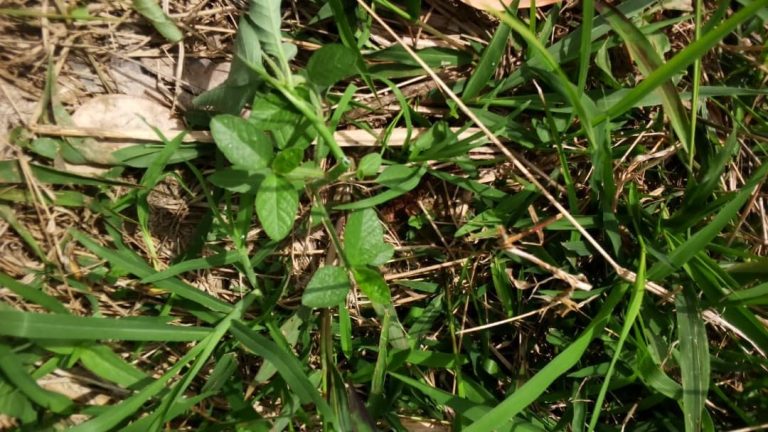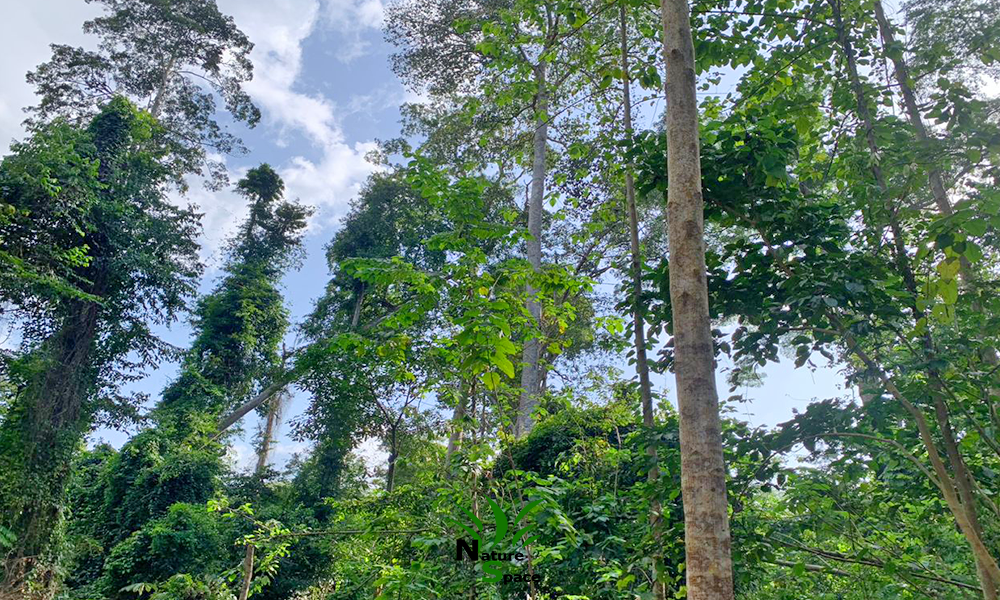
Article by Daniel K. Owusu, Nature Blogger
Forest plays a crucial role in carbon sequestration, ambient environment, habitat for various animals and plant species, rainfall patterns, livelihood support, and directly and indirectly provides us with herbs and plants that improve our health. Irrespective of the benefits accrued from the forest ecosystem, human-induced activities such as charcoal burning, poaching, tree cutting to pave the way for agriculture and illegal activities from galamseyers and illegal chain saw operators have caused the fast dwindling of the forest.
Now, who watches the watchman?
The forest has been good to mankind but our response to appreciating the goodness of the forest has been “Disastrous”. Therefore, in supporting the protection and conservation of the forest ecosystem, Alliance Bioversity International (CIAT) with support from Mondelez International, Beyond Chocolate, Olam Food Ingredients (OFIN), and Sustainable Food Lab has embarked on a quest on supporting forest-fringed cocoa farming communities to conserve the forest ecosystem. The initiative envisages protecting the forest from encroachment, curbing the expansion of cocoa farms into the forest ecosystem, and technically and socially empowering communities to conserve the forest ecosystem whiles improving the nutritional value of the diets of indigenes. Communities such as Wansambire, Awisesu, Akyeakrom, Kramokrom, Krofrom, and Anwiamu are the fringed communities aligned with the project.
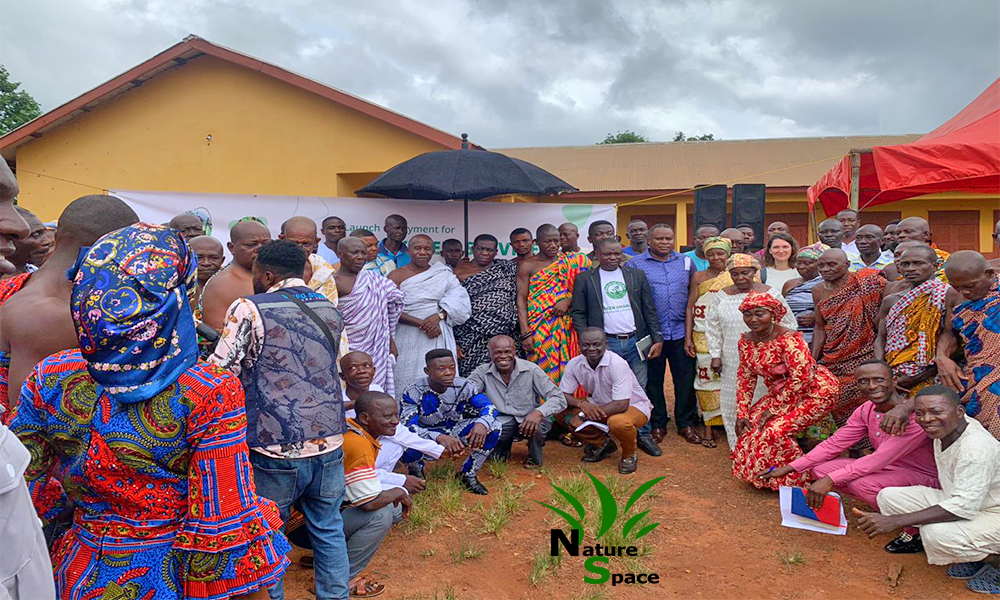
Stakeholder’s involvement in forest conservation, Tano Offin Forest Reserve
Is there any reward to these communities aside from the ecological benefits?
According to George Adzi, the programs coordinator for CIAT, the 6 communities agreed to protect 1,088.3 hectares of the forest and in return obtain some social amenities with health facilities as the leading amenity for the initiative. He further reiterates that the communities stand the chance of getting the agreed reward upon successful conservation of the forest ecosystem. The conservation and protection of the forest require a more inclusive stakeholder approach with a focus on effective collaborations and partnerships. Therefore, the project is not implemented in isolation with only the community members, however, there is massive support from the Forestry Commission of Ghana, Nyinahin Forest Division headed by Mr. Chris Anto, the Nhyinahin District Assembly, the Traditional Council of Nyinahin and it’s sub-chiefs, the Nhyinahin District Health directorate, the Department of Agriculture and some notable NGO’s such as Tropenbos Ghana and Ecocare.
This sounds juicy, how is the initiative carried out?
The Payment for Ecosystem Services empowers communities with the needed resources in monitoring deforestation and illegal encroachers into the forest reserve. The forest landmarks within the agreed 1,088.3 hectares of the Tano Offin forest reserve to be conserved were geo-referenced. Georeferenced forest landmarks were loaded onto an online QGIS platform together with encroachments alerts for easy navigation. CIAT team generates encroachments alerts within the predefined conservation area for monitoring and reporting by community members. This is the technological inclusion approach to protecting the forest ecosystem from encroachment.
The community coordinator indicated that some community members volunteered as Accountability Team (AT) to leverage the available Terra-i monitoring technology in accessing encroachments alerts happening in the forest ecosystem.
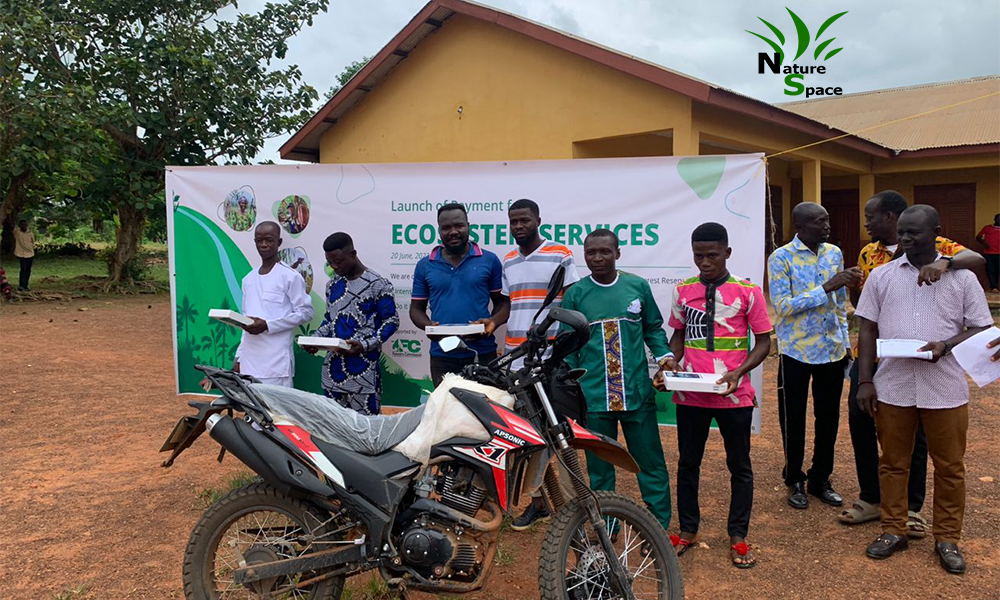
Photo of the Accountability Team members with their forest monitoring equipment for the PES project
Is there any other support from community leaders and the FC?
Check out on the progress article on the community conservation project.
